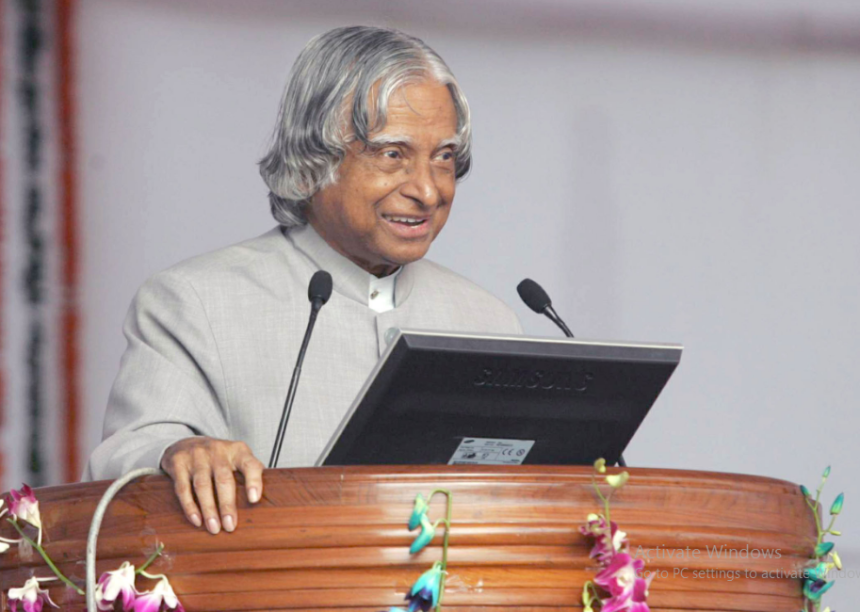“Dream, dream, dream. Dreams transform into thoughts and thoughts result in action.” — APJ Abdul Kalam.
A young boy from Rameshwaram, Tamil Nadu, who sold newspapers to support his family, dreamed of flying as he walked down the street. Decades later, he was known as the People’s President, and he helped India soar to greater heights.
APJ Abdul Kalam, born on October 15, 1931, came from humble beginnings; his father used to ferry people to and from the now-deserted Danushkodi and Rameshwaram on his boat. Kalam was a curious student who enjoyed learning; he graduated from St. Joseph’s College in Tiruchirapalli with a degree in Physics. A year later, in 1955, he enrolled at the Madras Institute of Technology to study aerospace engineering, thus beginning his illustrious career.
Read Also: Combination Formula : Definition, Types, Benefits and With Solved Example Questions
A Rocket Scientist
Kalam aspired to be a fighter pilot but fell short by one rank (eight slots were remaining, while he ranked 9th). Instead, he became a scientist in the aeronautical department of the Defence Research and Development Organisation (DRDO). He began by designing a small hovercraft, but his interests were elsewhere.
He approached Vikram Sarabhai, the founder of the Indian Space Programme, for a role in space research in 1969. Then, as project director of India’s first indigenous satellite launch vehicle, the SLV-III, Kalam successfully launched Satellite Rohini into near-Earth orbit. This achievement put India on the map for space exploration.
The Missile Man
Kalam returned to the DRDO in 1982 as the Director of the Defence Metallurgical Research Laboratory (DMRL). He was instrumental in the development of several missiles that helped India achieve self-sufficiency. After some of his most successful missions — Agni, India’s first intermediate-range ballistic missile, and Prithvi, a tactical surface-to-surface missile — he earned the moniker “Missile Man of India.”
Onwards & Upwards
In the 1980s, Kalam’s research and knowledge earned him several awards. For five years beginning in 1992, he served as the Defence Minister’s first scientific advisor. His role in the country’s nuclear weapons test cemented India’s status as a nuclear power, which had an impact on the rest of the world.
He also created the Technology Vision 2020, which aimed to move the country from developing to developed status by implementing advanced technology, increasing agricultural productivity, expanding healthcare facilities, and emphasising the value of education.

The People’s President
Kalam was inaugurated as India’s 11th president in July 2002. Throughout his tenure, he worked tirelessly for the welfare of his people. He made difficult decisions, such as signing the “Office of Profit” Act. He particularly enjoyed interacting with children because he placed a high value on education. In India, his birthday is also known as Students Day.
Read Also: NIPUN BHARAT PROGRAMME – NIPUN FULL FORM, OBJECTIVES AND FEATURES OF NIPUN BHARAT
The Learning Never Stopped
Kalam continued to impart knowledge after leaving the presidency. He worked as a lecturer in several universities and was dedicated to using science and technology to transform India. He wrote a number of notable books, including Wings of Fire and Ignited Minds. He also received several honours, including the Padma Vibhushan and the Bharat Ratna.
Abdul Kalam’s contributions to science and politics will be remembered for the rest of his life. He died in July 2015 while giving a lecture at IIM Shillong, leaving a legacy of innovation and inspiration for future generations.
Did this story inspire you? On Abdul Kalam’s birthday, tell us in the comments what you liked best about his journey.








